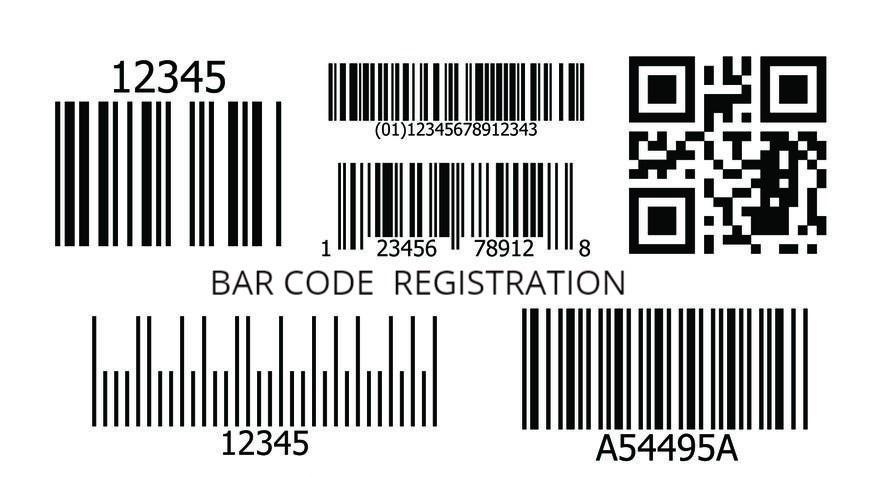In today’s fast-paced world of supply chain management, precision and efficiency are key factors in ensuring goods are delivered on time. One technological advancement that has revolutionized the logistics, transport, and shipping industries is barcoding. By providing a unique identifier for each product, barcoding has streamlined processes and improved transparency throughout the entire supply chain. In this article, we will delve into the world of barcoding and explore how it has transformed the way we manage and track goods from point A to point B.
– Enhancing Supply Chain Efficiency with Bar Coding Technology
In today’s fast-paced world of logistics, transport, and shipping, efficiency is key. Bar coding technology has revolutionized the way businesses manage their supply chain by providing a quick and accurate way to track and manage inventory. With the use of bar codes, companies can streamline their operations, reduce errors, and improve overall productivity.
By implementing bar coding technology, businesses can experience a wide range of benefits, including:
- Improved Inventory Management: Bar codes allow for real-time tracking of inventory, making it easier to monitor stock levels and reduce the risk of overstocking or stockouts.
- Enhanced Accuracy: Bar coding technology minimizes human error, leading to more accurate data entry and order processing.
- Increased Speed: With the ability to quickly scan bar codes, employees can complete tasks faster, leading to faster order fulfillment and improved customer satisfaction.

– Streamlining Inventory Management through Bar Coding Systems
Bar coding systems have revolutionized the way businesses manage their inventory, making the process more efficient and accurate. By assigning a unique barcode to each product, items can be easily tracked throughout the supply chain, from the warehouse to the customer’s doorstep. This not only helps in reducing human errors but also speeds up the process of picking, packing, and shipping orders.
With the help of barcoding technology, businesses can easily keep track of their stock levels in real-time, allowing them to make informed decisions about inventory replenishment and order fulfillment. This leads to reduced holding costs and optimized warehouse space utilization. Additionally, bar coding systems integrate seamlessly with inventory management software, providing businesses with valuable insights into their supply chain operations and helping them streamline their processes for better efficiency.

– Improving Tracking and Traceability in Shipping Processes
Bar coding is a game-changer when it comes to improving tracking and traceability in shipping processes. By assigning a unique barcode to each package or item, companies can easily scan and track the movement of products throughout the entire shipping process. This not only ensures accurate delivery but also provides real-time visibility into the location of goods, helping to prevent loss and theft.
Implementing barcoding technology in logistics, transport, and shipping operations can streamline processes, reduce errors, and increase efficiency. With barcodes, information such as package contents, destination, and delivery status can be quickly and accurately captured and recorded. This enables companies to better manage their inventory, optimize routes, and provide customers with up-to-date tracking information. In today’s fast-paced shipping industry, bar coding is essential for staying competitive and meeting the demands of customers for timely and reliable delivery.

– Best Practices for Implementing Bar Coding in Logistics Operations
Implementing bar coding in logistics operations can greatly improve efficiency and accuracy in the transport and shipping process. One best practice is to ensure that all items are assigned a unique barcode that is easy to scan and read. This helps to minimize errors and streamline the tracking of packages from point A to point B. Additionally, it is important to regularly audit and update the bar coding system to keep up with changes in inventory and shipping processes.
Another best practice is to integrate bar coding technology with other logistics software systems, such as inventory management and order processing. This allows for real-time tracking and updates on the status of shipments, reducing the risk of lost or delayed packages. By incorporating bar coding into every step of the logistics operation, companies can enhance their overall efficiency and customer satisfaction.
In Summary
As we come to the end of our exploration into bar coding in logistics, transport, and shipping, it is evident that this technology has revolutionized the way businesses operate and manage their supply chains. From improving accuracy and efficiency to enhancing traceability and visibility, bar coding has become an indispensable tool in the world of logistics. As we anticipate further advancements in this field, let us continue to embrace innovation and leverage technology to drive success in our global operations. Thank you for joining us on this journey, and we look forward to the exciting developments that lie ahead in the world of bar coding logistics.
